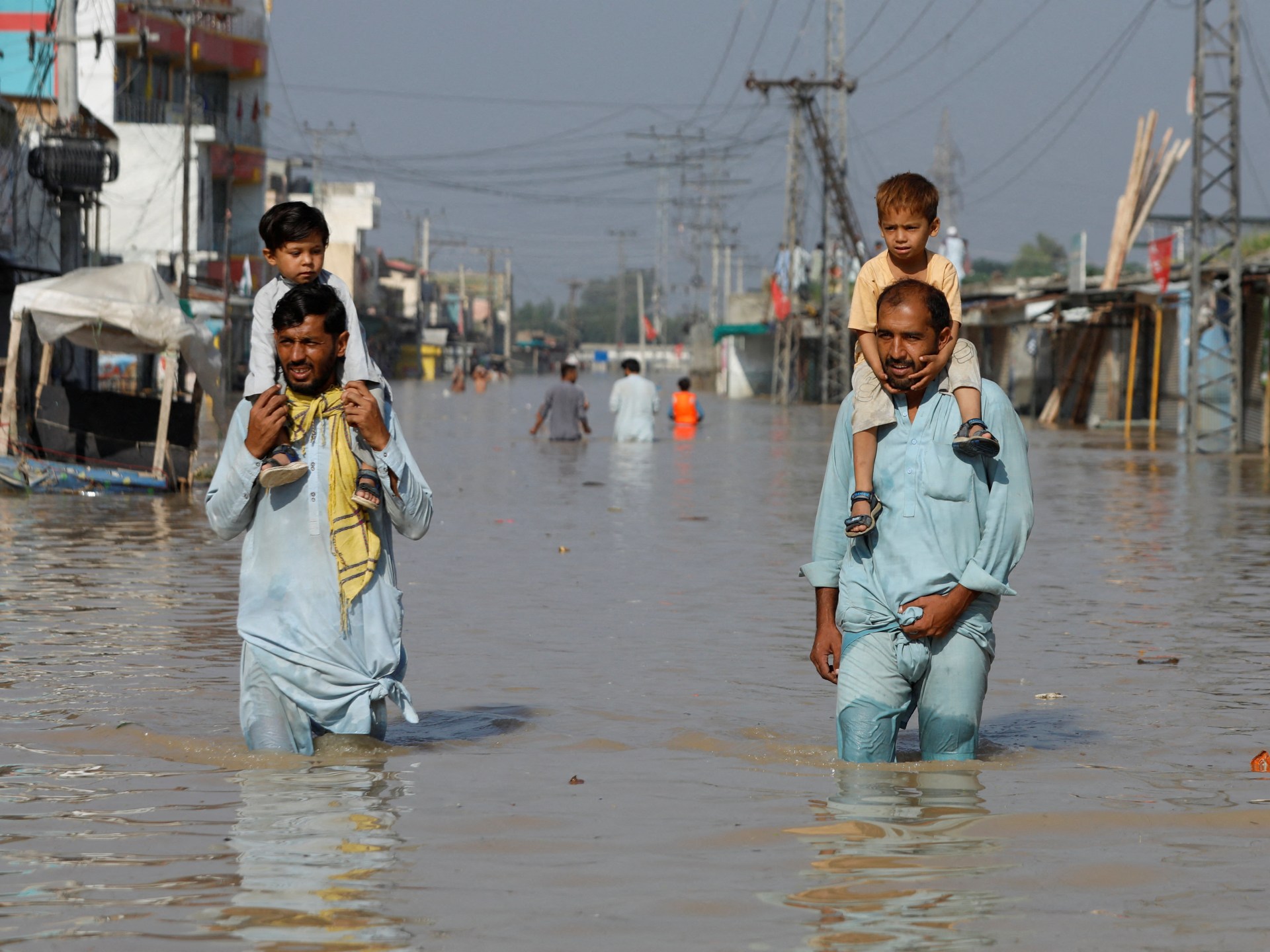Heavy monsoon rains in Pakistan over the past week killed at least 50 people across the country, nearly a year after massive flooding killed more than 1,700 people and affected 33 million others.
In neighbouring India, about a dozen districts in the northeastern state of Assam were hit by deadly flash floods in June, forcing thousands to flee their homes and seek refuge at makeshift relief camps.
The ravaging floods – which killed at least 11 people – meant many faced the daunting task of rebuilding their lives as they returned to destroyed homes and drowned livestock.
Climate-change-induced downpours, drought, and soaring temperatures have become increasingly common across the eight countries of South Asia, making it one of the world’s most vulnerable regions to the impacts of global warming.
Saleemul Haq, director at the International Centre for Climate Change and Development, said the region is particularly at risk because of a combination of geography, population and poverty.
“Over a billion and a half people are living in an area that is not such a big part of the world. It has major river systems from the Hindu Kush and the Himalayan mountain regions flowing through,” he told Al Jazeera.
Post from www.aljazeera.com
